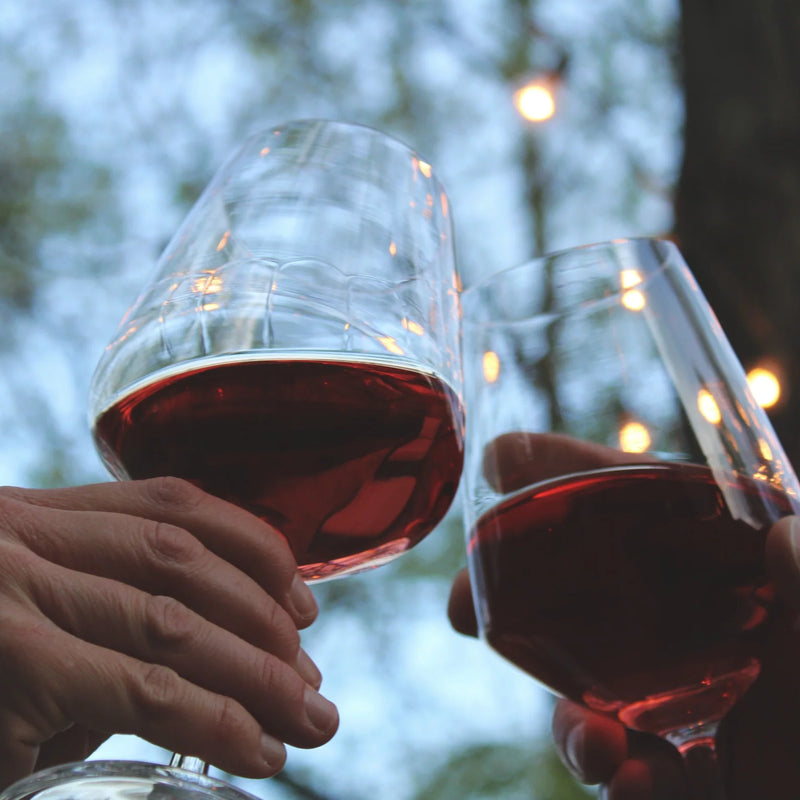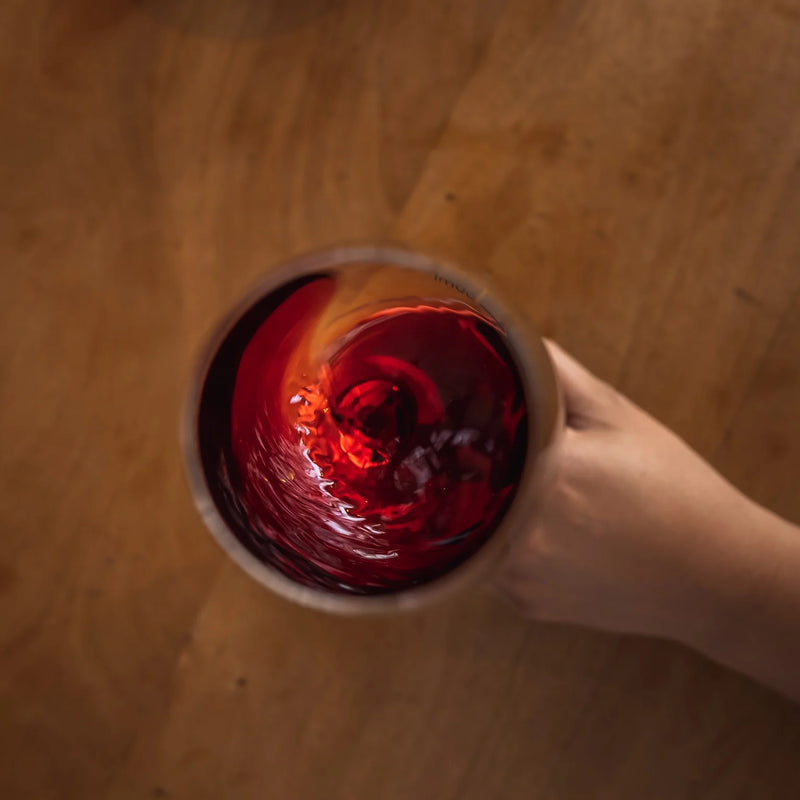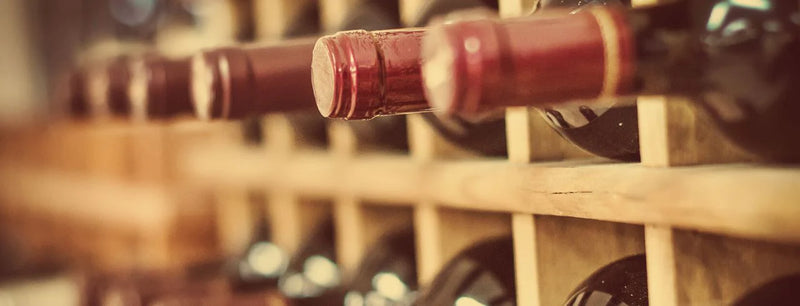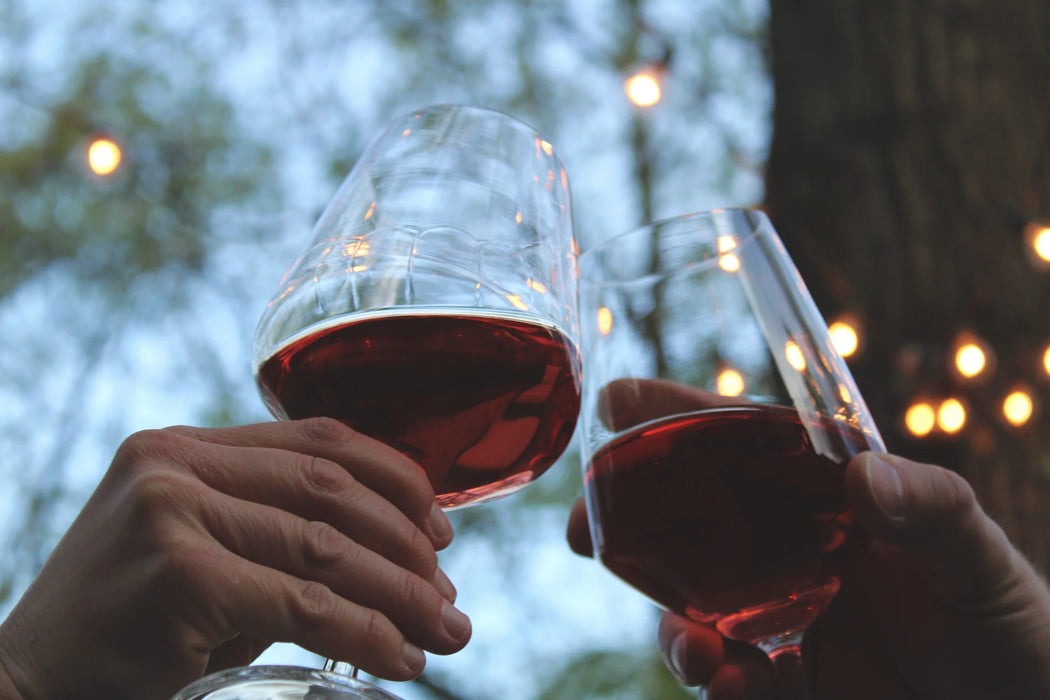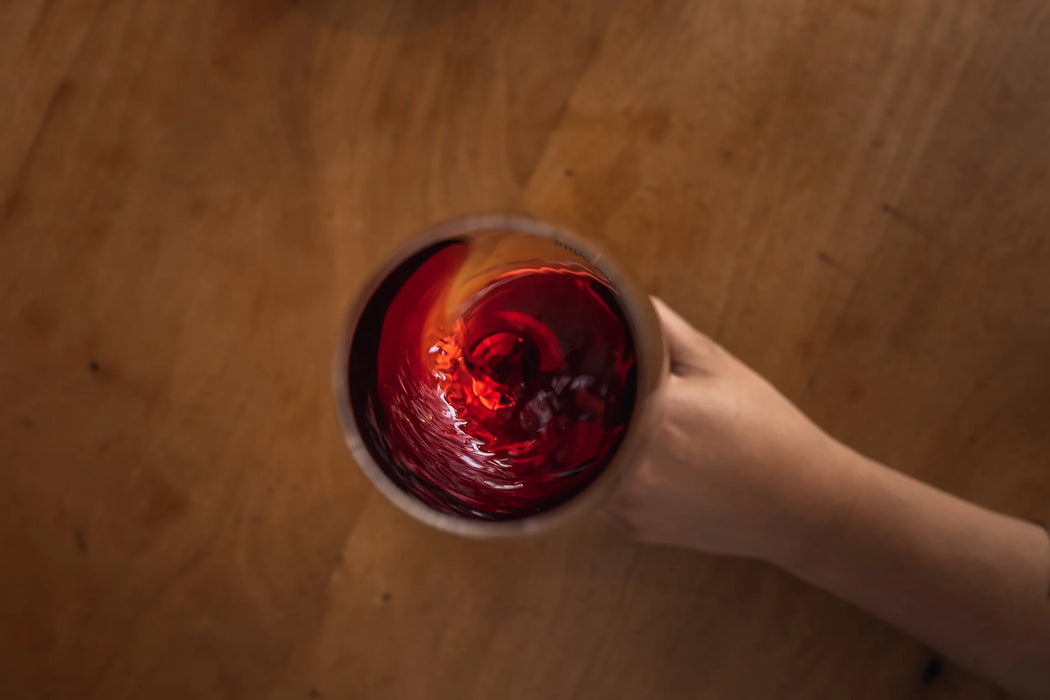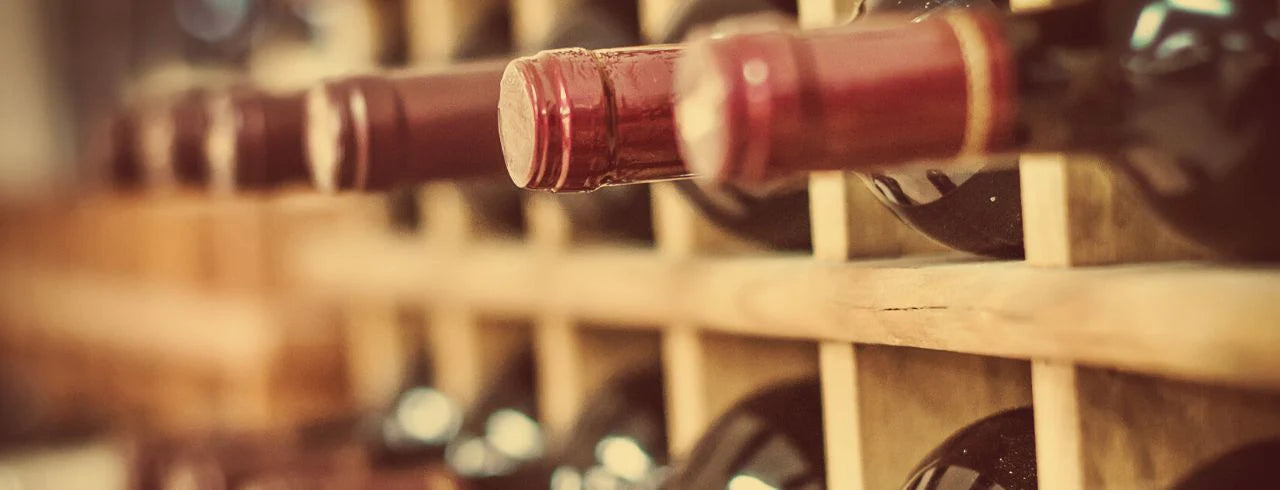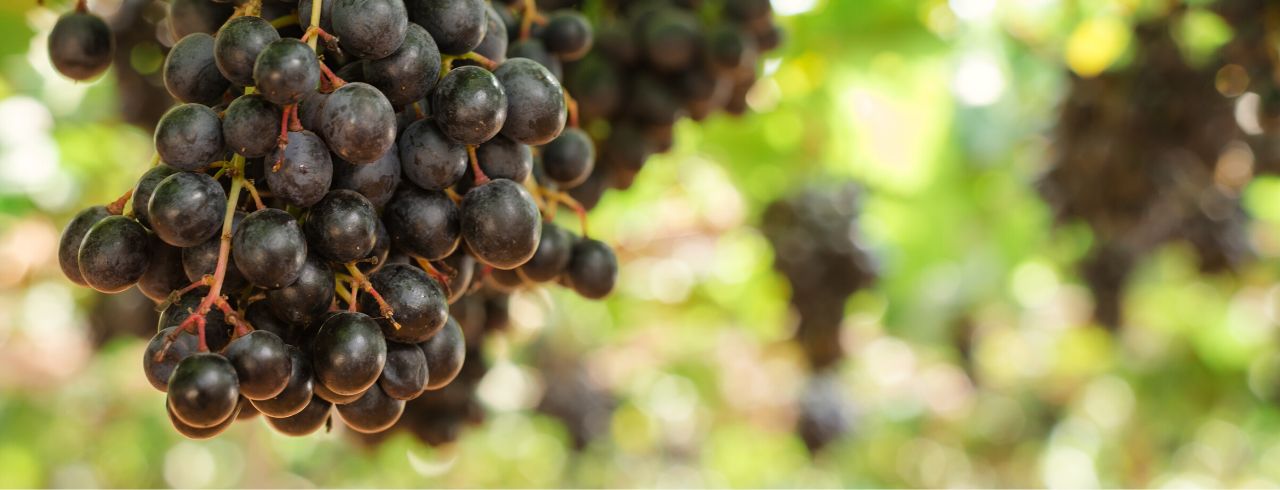
Blaufränkisch
A dry, deep purple wine from Austria.
Blaow-frahn-kish
Parents & Origin: Gouais blanc + Blaue Zimmettraube (Austria) Grape: Small, spherical, dark skin Flavors: Blackberry, black cherry, dark chocolate, allspice, pepper Notable Regions: Austria, Germany, Washington State Sweetness: Dry Body: Medium Tannins: Medium-high Acidity: Medium-high ABV: 13.5-15%

The History of Blaufränkisch
Blaufränkisch is one of Austria’s most famous wine grapes, producing a tannic wine with a medium body. Wine has been made in Austria since the Middle Ages, and in this case, Blaufränkisch likely emerged in a swath of land covering much of Dalmatia, the central European area that contains much of modern-day Austria and Hungary. Recent DNA analysis revealed that Blaufränkisch’s parents are Gouais blanc (a French-named grape thought to have originated in Eastern Europe) and the Blaue Zimmettraube grape.
Production of Blaufränkisch was widespread but sporadic and unregulated for most of its history. The grape had several synonymous names, from Kékfrankos in Hungary to the more common Limberger/Lemberger name that originated from a pair of Austro-Hungarian cities in the late 19th century.
The first documented discussion of the Blaufränkisch name came in 1862 when the grape was displayed in a wine exhibition in Vienna. In 1875, the France-based International Ampelographic Commission adopted Blaufränkisch as the sanctioned name.
In the mid-20th century, Blaufränkisch spread outside of its ancestral home in Austria, with many winemakers in the U.S. state of Washington beginning to cultivate the grape. Washington offers a similarly cool climate to Austria, allowing for a similar wine to be produced (most commonly called Lemberger there).
Interesting Fact: One Washington winemaker started calling its Blaufränkisch wines “Blue Franc,” as the previous Lemberger name was often confused with the pungent Limburger cheese.
Blaufränkisch Food Pairings
Due to its tannins, medium-high acidity, and medium body, Blaufränkisch pairs well with a wide variety of foods than most reds.
The Best Blaufränkisch Food Pairings
Blaufränkisch’s bold flavors go best with local Austrian or German foods such as smoked sausage, red potato goulash, and cheesy spaetzle dumplings.
Food Pairings to Avoid with Blaufränkisch
Due to its high tannin content, Blaufränkisch is not ideal for your lightest dishes, such as seafood, salad, or dessert.
Blaufränkisch Tasting Notes

Blaufränkisch offers primary flavors of blackberry, black cherry, dark chocolate, allspice, and pepper. This dry, deep purple wine is medium-bodied, with medium-high levels of both tannins and characteristic acidity. The structure and mouthfeel are dense and full, though this is less pronounced when the wine is young. While many Blaufränkisch wines are consumed young, the fuller and stronger versions have good aging potential and can develop smooth and velvety characteristics over time.
Blaufränkisch DACG Designations
Blaufränkisch is a permitted varietal under several of Austria’s Districtus Austriae Controllatus (DAC) zones, similar to DOC regions in Italy or DO areas in Spain. Blaufränkisch can be found in the DACs of Mittelburgenland, Leithaberg, Eisenberg, Rosalia, and Carnuntum.
Each of these DAC regions has differing requirements, but in general, they promote Blaufränkisch as a leading grape and set minimum alcohol levels of usually around 13.5 percent. Regardless of designation, all Blaufränkisch wines bud early and ripen late in the season with generous yields, making them quite demanding on the soil.
Blaufränkisch's Aging Potential
Some fuller-bodied, and bolder Blaufränkisch wines make for exceptional bottle aging. A bottle of this type can age for 5-10 years, bringing out more subtle secondary flavors, more moderated acidity, and a more velvety mouthfeel.
Blaufränkisch in a Nutshell
Since its Medieval origins in Austria, Blaufränkisch has become one of Austria’s most beloved red wine varietals. This unique grape offers flavors of blackberry, black cherry, dark chocolate, allspice, and pepper, with a moderate body, medium-high tannins, and medium-high acidity. Pair a bottle of Blaufränkisch with Central European classics such as stewed meat or sausage, sit back, and enjoy a unique wine from the heart of Europe.
